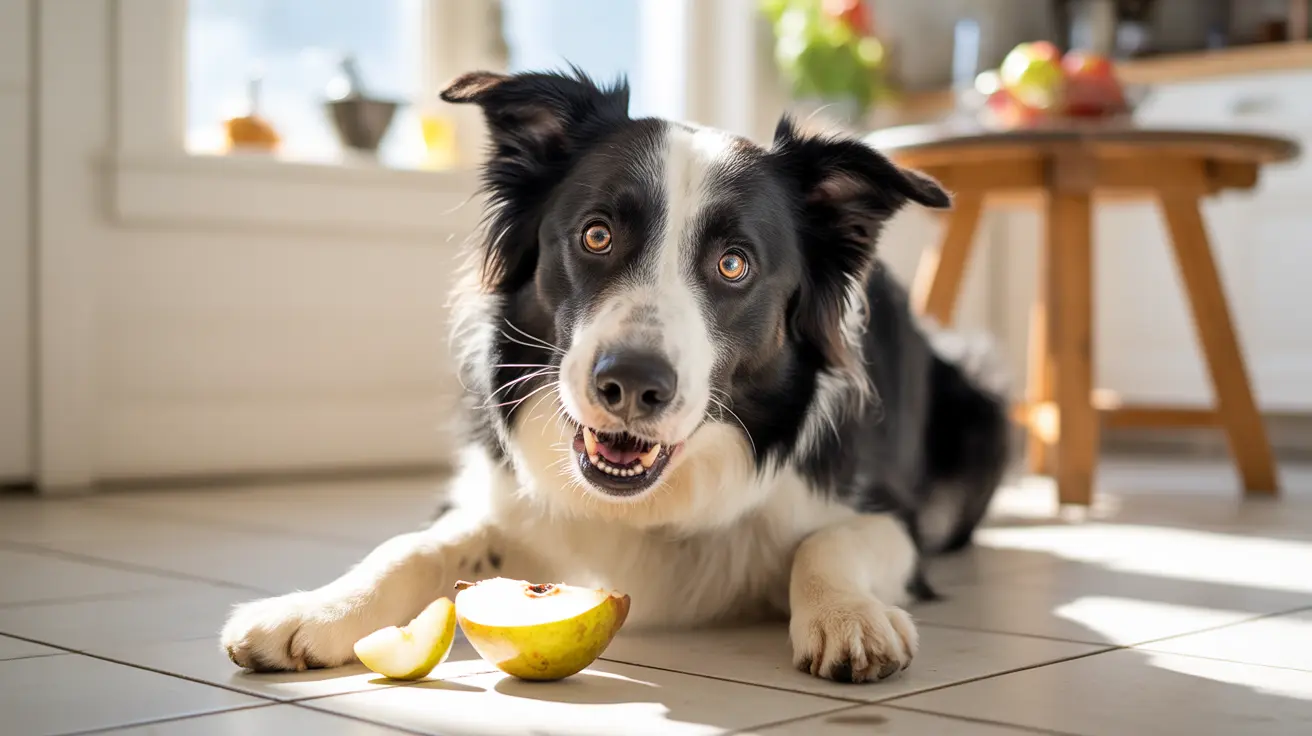Understanding the Drawbacks of Owning a Great Dane
Great Danes are often celebrated for their majestic appearance and affectionate temperament. However, like all breeds, they come with specific challenges that any prospective owner should carefully consider. This article explores the
negatives of owning a Great Dane, providing a detailed look at what makes them a more demanding breed.
1. Short Life Expectancy
One of the most significant downsides of Great Danes is their
relatively short lifespan. Most live only 7 to 10 years. Their enormous size contributes to early aging and higher rates of age-related conditions, making it emotionally difficult for owners who become deeply attached.
2. Health Issues
Great Danes are prone to several serious and often costly health problems:
- Gastric dilatation volvulus (bloat) – A life-threatening condition common among large, deep-chested breeds.
- Hip dysplasia – Malformation of the hip joint, leading to arthritis and mobility issues.
- Wobbler syndrome – A neurological disease causing spinal instability in the neck.
- Cardiac conditions – Particularly dilated cardiomyopathy, which affects the heart’s ability to pump blood.
- Inherited myopathies – Muscle wasting conditions that can severely affect movement and quality of life.
These health issues often necessitate ongoing veterinary care, medication, or even surgery, leading to high medical expenses.
3. Enormous Size and Space Needs
Their giant stature—males often reaching up to 200 pounds—makes Great Danes unsuitable for small living spaces. They need ample room to move comfortably inside and outside. Even basic tasks such as bathing or transporting them can be challenging due to their size.
4. Fragility in Early Years
Despite their large frame, Great Dane puppies are physically fragile and prone to joint injuries if over-exercised. Intense running or jumping should be avoided until they are 18 to 24 months old.
5. Cost of Ownership
Everything from food to medical care is more expensive with a Great Dane:
- Feeding – High-quality, large-breed-specific food is needed in generous quantities to meet nutritional demands.
- Vet bills – Their health problems mean frequent check-ups and diagnostics are needed.
- Grooming supplies – Although their coat is short, grooming tools must support their size.
- Housing requirements – Some families may need to tailor their homes to accommodate their dog’s size.
The lifetime cost of a Great Dane can be considerably higher compared to smaller breeds.
6. Short Exercise Window
Great Danes need daily exercise but not too much. Their joints are vulnerable early in life, and as they age, arthritis and joint pain may limit their mobility. This creates a narrow window for active engagement, requiring precise exercise management.
7. Sensitivity to Weather
With a short, thin coat, Great Danes are especially sensitive to cold weather. They may require dog coats or limited exposure outside in colder climates, which adds to the workload and maintenance expectations.
8. Emotional and Social Demands
These dogs crave companionship and often don't do well when left alone for extended periods. Long durations of solitude may lead to separation anxiety or destructive behavior. Prospective owners need to provide a stable routine and frequent interaction.
9. Training and Socialization Needs
Due to their size and strength,
early and consistent training is a must. A poorly trained Great Dane can unintentionally hurt people or damage property. Socialization is equally important to prevent shyness or aggression.
10. Risk to Small Children and Fragile Objects
Though gentle, Great Danes can accidentally knock over small children or valuables due to their size. Supervision is essential, particularly during playtime.
Conclusion
While Great Danes are undeniably loving and majestic, potential owners must weigh the
significant challenges they bring. Issues like a shorter lifespan, high medical costs, space requirements, and intense training needs make them suitable only for those fully prepared for the commitment. For the right family, however, the love and loyalty of a Great Dane can be incredibly rewarding.





